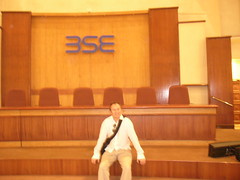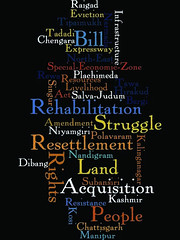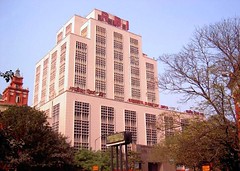NEW DELHI | BANGALORE: Broker in Bangalore bylane has just opened a stationery shop. He has named it ‘Smart Shop’, borrowing the name from the realty brokerage firm that he ran from the same premises until about two months ago. He switched to retail after his property business hit a rough patch following a slump in home sales. About 03-quarters of his revenues came from sale of apartments, the remaining from renting.
“With home sales dropping, it doesn’t make business sense anymore,” he says. It’s the same story in other big cities. In Mumbai, a mid-size broker has set up a small fast food joint to make ends meet. In Nagpur, a real estater has quit the real estate business and set up an ice-cream parlour. Their worries are not unfounded. While the large and established players in the property business have managed to stay, even during the slump, thousands of smaller players like brokers and agents are being forced to look for other jobs.
It also hit lakhs of people employed with such small outfits – each of which hires 5-15 people.With many brokers closing shops or reducing size, these people are out in the market, looking for jobs in sectors such as retail, banking, insurance and call centres. The real estate industry employs about 10 lakh people across the country, the majority in the unorganised sector.
In the first quarter of 2011, home sales dropped 17 per cent in Mumbai, 14 percent in Bangalore and 15 percent in Hyderabad. According to consultant Jones Lang La-Salle, unsold residential units in projects that are complete or are nearing completion in 6-12 months in Mumbai and Delhi-NCR are as high as 25 percent and 16 percent, respectively. In other big cities, including Bangalore, Chennai and Kolkata, the numbers range between 12 percent and 19 percent. Sales in tier-II and tier-III cities are steady, though there is some panic due to the increase in interest rates, which have climbed to about 11 percent from 8.25 percent a year ago.
“For smaller brokers, the impact of the current market factors is a lot more compared to the larger brokers,” says the president of the National Association of Realtors India . “Even for our members – who are fairly well-off – business is down 40 percent compared to 2009-10. But the smaller guys are in trouble and are setting up businesses that move on a daily basis. Many I know have asked their employees to look out” Ravindra Bramhe, chairman of the Maharashtra Property Brokers’ Association, says.
For whatever business is left in the market, there are hundreds of agents in queue. For instance, there are pockets on the Noida Expressway, near large projects, where real estate brokers can be seen sitting inside small tents, under the sweltering sun, waiting for business. Those who can’t afford to set up these tents can be seen on the roadside, running after every car that passes by, with brochures and flyers of projects in hand. Industry refers to them as the broker mandi. “All my friends and colleagues are now looking outside real estate before things get worse,” says Chaudhary. Many have returned to the insurance industry and others have found jobs with small call centres. A few have found employment with retail stores.








